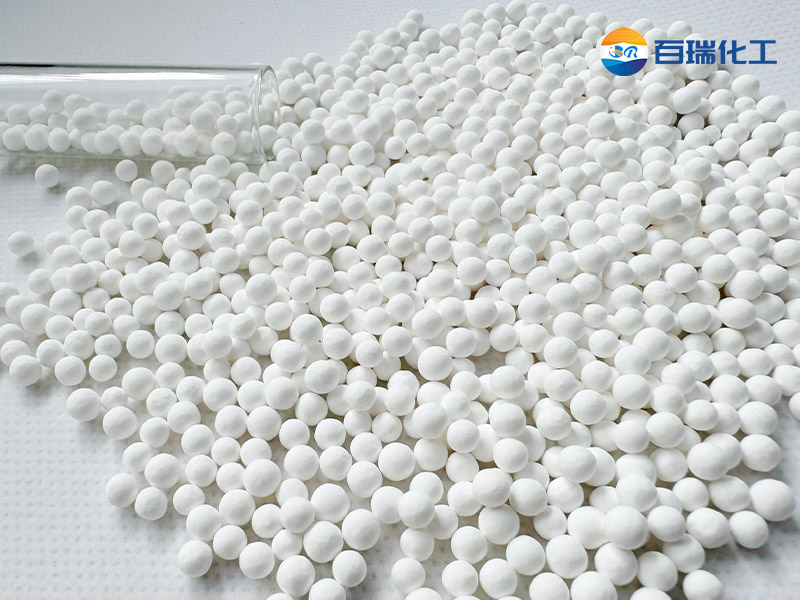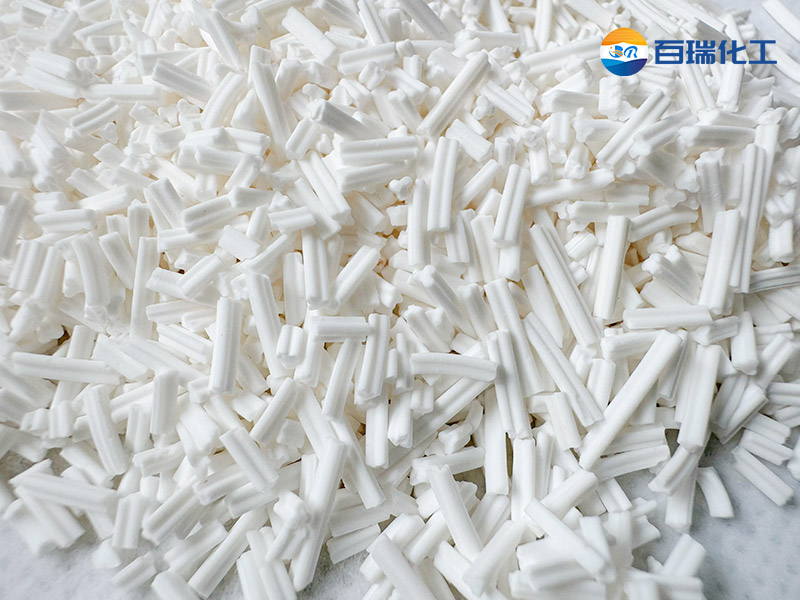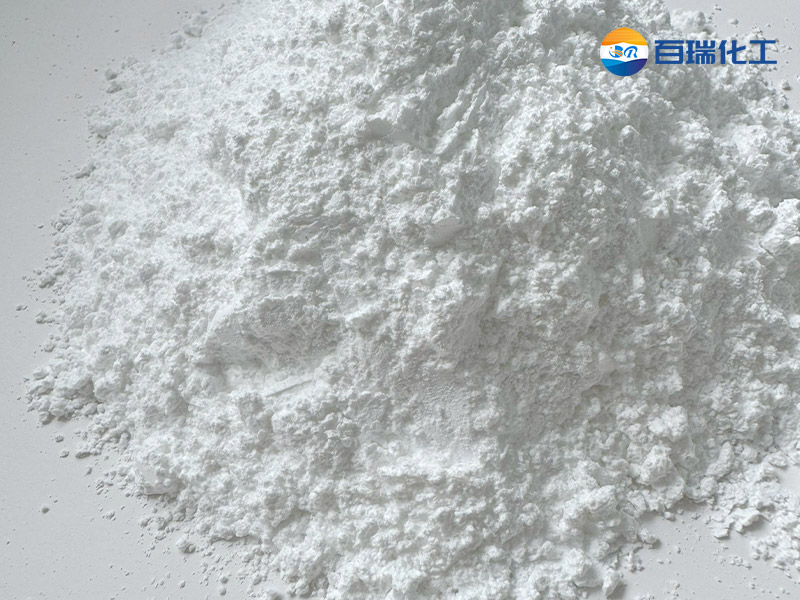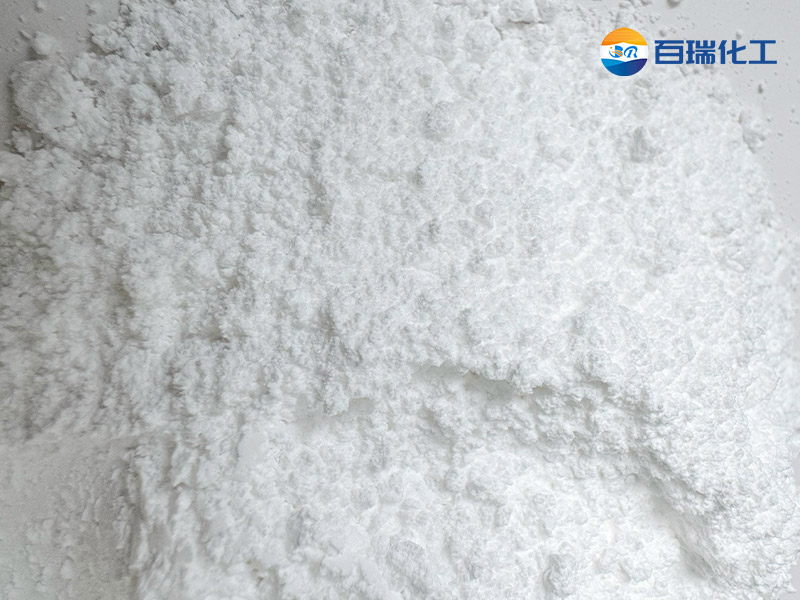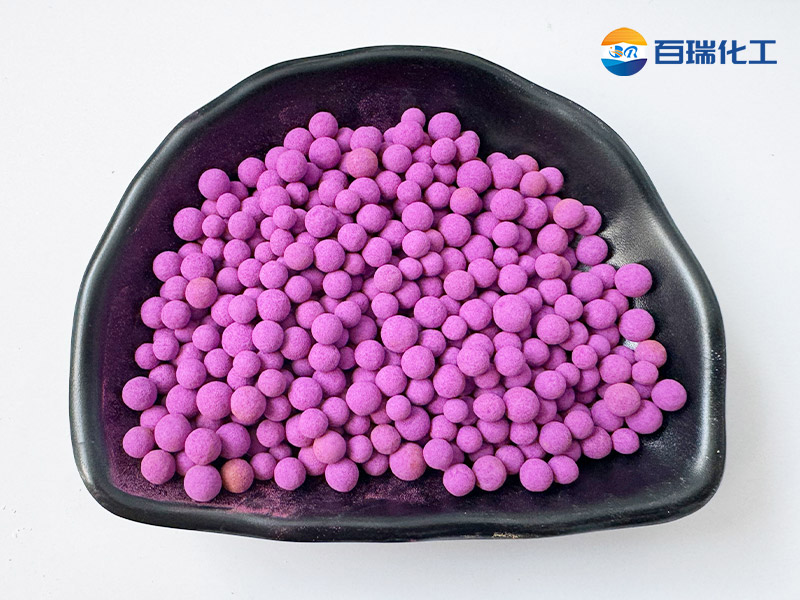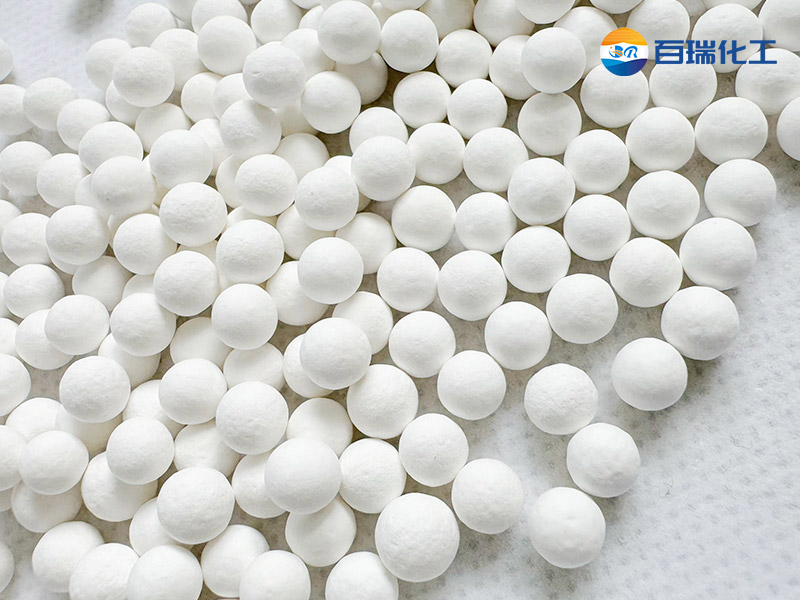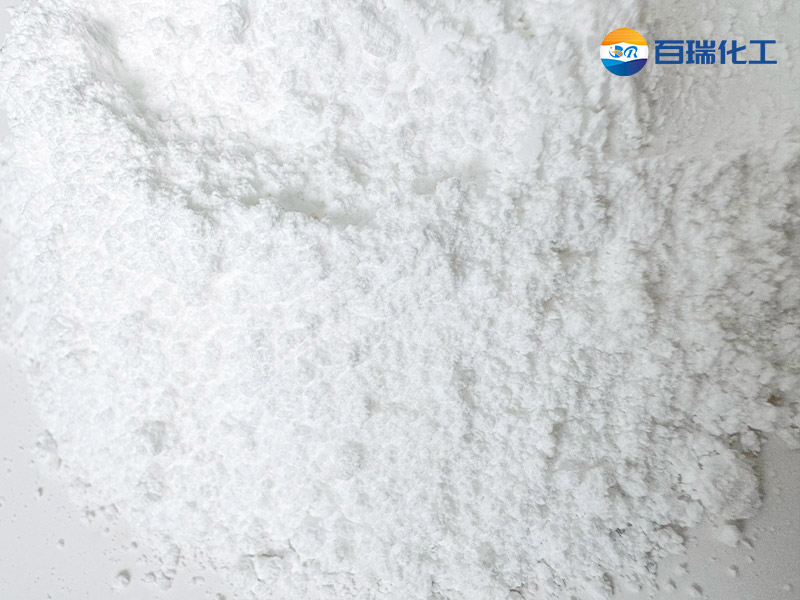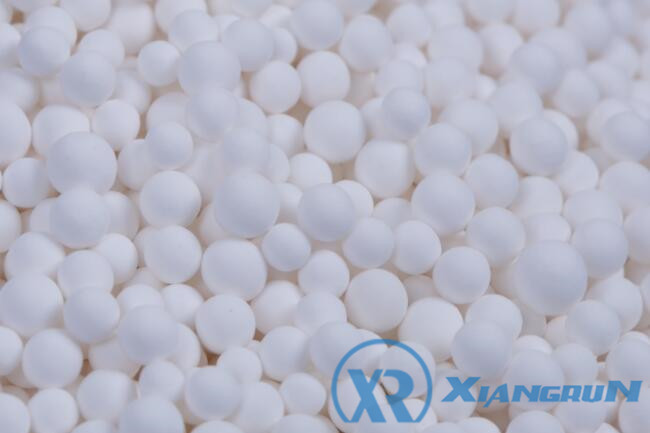Activated alumina is a porous, high-surface-area aluminum oxide material that is widely used in water treatment, gas drying, catalyst carriers, and other fields due to its excellent adsorption performance. Its adsorption mechanism is mainly based on the synergistic effect of physical adsorption and chemical adsorption.
Adsorption mechanism of activated alumina
1. Physical adsorption
Physical adsorption mainly depends on the porous structure and surface van der Waals force of activated alumina, and its characteristics include:
• High specific surface area and rich mesoporous structure, which can adsorb gas or liquid molecules through capillary condensation effect.
• Surface polarity: The surface of alumina is rich in hydroxyl groups (—OH), and has a stronger adsorption capacity for polar molecules (such as water, ethanol, etc.).
2. Chemical adsorption
Chemical adsorption involves chemical bonding between the surface of activated alumina and the adsorbate, mainly including:
• Ion exchange adsorption: For example, in the process of defluorination, the surface hydroxyl groups (—OH) and fluoride ions (F⁻) undergo ligand exchange:
Al–OH+F−→Al–F+OH−Al–OH+F−→Al–F+OH−
• Acid-base interaction: The surface of alumina has amphoteric properties and can adsorb acidic (such as SO₂) or alkaline (such as NH₃) molecules.
3. Adsorption selectivity
The adsorption capacity of activated alumina is affected by the following factors:
• Molecular polarity: It preferentially adsorbs molecules with strong polarity (such as water>ethanol>methane).
• Molecular size: The pore size distribution determines its selective adsorption of small molecules or organic matter of a specific size.
• pH value: The pH of the solution affects the surface charge and the dissociation state of the hydroxyl group, thereby changing the adsorption efficiency of ions.
Regeneration and recycling
• Thermal regeneration: heating at 150–300°C to desorb water or volatile organic compounds.
• Chemical regeneration: treatment with acid or alkaline solution to restore adsorption sites.
• Microwave regeneration: high efficiency and energy saving, suitable for industrial-scale regeneration.
Typical applications
1. Gas drying: used for dehydration of compressed air and natural gas.
2. Water treatment: remove pollutants such as fluorine, arsenic, and heavy metals from drinking water.
3. Petrochemicals: adsorb sulfides and moisture in hydrocarbons to improve oil purity.
4. Catalyst carrier: load precious metals for catalytic reactions.
Activated alumina achieves efficient adsorption through physical and chemical adsorption, and its performance can be further optimized by regulating pore size, surface modification and regeneration conditions.


